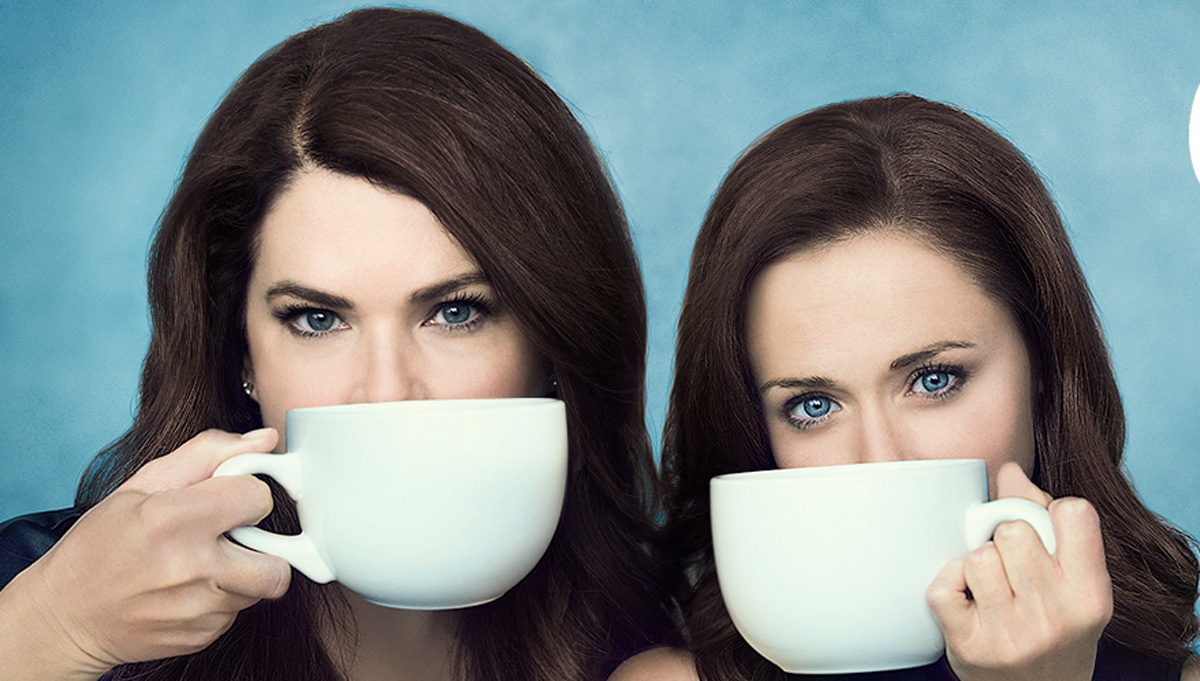The first time I heard about the Gilmore Girls revival all I could think was…jump back. Like every Gilmore Girls fan who had bitten the forbidden fruit of loving a discontinued TV-show, I wasn’t remotely satisfied when the show ended the first time round. I was that kid who scoured the internet for any Hep Alien t-shirts that I figured somebody cooler than me would’ve started making in their bedroom. To me, this revival was more exciting than Christmas and I have to say: writing this without including any spoilers was a real nightmare, and with the new four-part series being shrouded in as much secrecy as J.K. Rowling’s The Cursed Child, there was no possible way I could ever mention the last four words. But they’re ace.
Obviously, A Year in the Life was never going to be exactly the same as the original: in the nine year gap between the show’s original final episode and its new Netflix debut, the characters have aged quite considerably.
Understandably, it was at first disconcerting that Rory was no longer a character without so many flaws, and watching Lorelai struggling with the once much-loved Dragonfly Inn was sad to see – but it was because of these things that the show still felt natural. The people were older, but Stars Hollow stayed the same, Lorelai’s house stayed the same, and the characters, essentially, stayed the same. Sure, Lorelai had ditched her infamous tight-dress-and-cardigan combo for a more mature, brightly coloured wardrobe, and her relationship with Luke wasn’t as harmonious as it had been nine years ago, but it was this that made the show feel as if it had actually gone somewhere.
With A Year in the Life, Amy Sherman-Palladino managed to create the sense that Gilmore Girls had never been discontinued: that it had been consistently creating new episodes in the nine year hiatus it actually took. The concepts within these four 90-minute slots were out-there and quirky, almost dreamlike – most importantly, they were different from before. The way certain scenes were staged almost made the show feel like a fairytale. Especially at the end of the last episode, it was as if Rory and Lorelai had just stepped in to a scene from Alice in Wonderland. The balance of new and old was impeccable: at some points I caught myself subconsciously thinking that I must be watching an old episode, and at other times I would admire just how much the style of the show was changing. In all honesty, it just felt so real. The tributes to Edward Herrmann (Rory’s grandfather), were so heartfelt that you knew Lauren Graham’s tears were genuine. The constant parallelisms of the characters missing each other, and the many references to the time that had passed were so obviously authentic that it made the whole thing so much more magical. And, obviously, Paris was so Paris-like that we could never doubt this revival’s success.
To conclude, even though I certainly wasn’t satisfied when the four-part series ended this time round, when the closing credits rolled around for the last time, and ‘Where You Lead’ played for one final bar, I thought to myself: this was enough.
Emily Moscrop
(Image: usmagazine)

